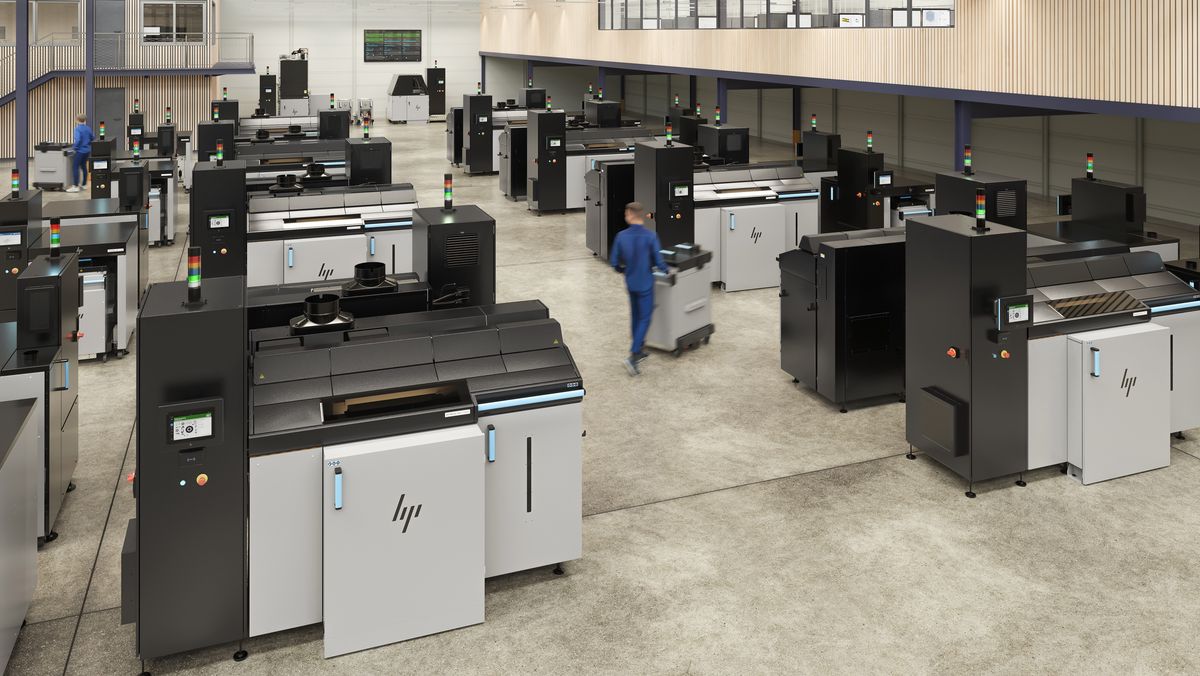It has always been a dream to print metal parts instead of casting, welding or producing them by traditional methods. Many geometric shapes simply cannot be produced by methods other than metallic printing.
It wasn’t that easy either. Metal printing was a very expensive and slow process. Today, HP is releasing the Metal Jet S100, which will do something about both challenges. They want 3D printing of metals to become a regular production process. There is no small industry they want to get rid of. The size of the manufacturing industry in the world is about 100 trillion NOK, and even a few of it can become a giant.
will produce a series
Today, it is not uncommon to use metallic printing for serial production. Various types of technology are used to produce a few products and prototypes. HP wants 3D printing to become an option for those who want to use the technology for production on a much larger scale. They want the entire production process to go digital, from the designer’s program to the final product. At the same time, it helps to reduce the consumption of materials in the process.

The analysis firm Context estimates that materials for 3D printing will grow by 29 percent annually over the next five years and that an increasing proportion of material consumption, which was about 18 percent in 2018, will come from metals. The rest are polymers.
roots in paper
Like HP’s polymer printers, metallic printers draw from the technology they developed to 2D print paper. Metallic printers are not much different, but of course they cannot dissolve metallic powder in the printing chamber. Instead, they spray on a binder that holds the molecules together.
The result is parts that are slightly larger than the final parts. Parts are finished only when placed in a sintering chamber, or furnace, where the bond evaporates and the part takes its final shape. The part being so precise is a result of the shrinkage that is computed in advanced software. This means that designers can design parts in a 2D program, and then the program takes care of placing them in the chamber, shrinkage and other parameters.
10x
According to HP, the new machine can increase the productivity of metal printing tenfold.
HP has worked with a number of large industrial partners such as Volkswagen and Schneider Electric for several years. Some partners are open about collaborating on the printer, but some don’t want to be told they are working with the technology.

There is no technology that covers everything from small to very large metal parts, but we can economically print parts of up to a kilogram — and up to six to seven kilograms if we stretch them outside the economic zone, says HP’s global head of 3D printing metals, Ramon Pasteur. , at a press conference on the Internet.
Price will decrease with use
He asserts that what can really speed up technology is scale. Today, the metal powders they use, such as various forms of stainless steel, are very expensive. The higher the turnover of metal powder, the lower the prices. There are already a large number of metal alloys that they can use, but at the moment you will not use reactive metals such as titanium and aluminum.

“Web specialist. Lifelong zombie maven. Coffee ninja. Hipster-friendly analyst.”




